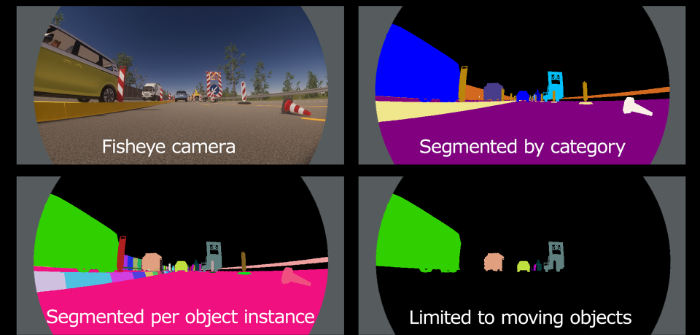Release 7 of Dyna4 from Vector facilitates the conversion of DevOps workflows in vehicle control software development applications. By enabling lightweight simulation packages for Linux environments, massive simulations of virtual test drives can be integrated into continuous testing channels.
Dyna4 offers capabilities across the whole development cycle from model-based control design to HIL ECU testing. Vehicle and scenario simulation models within the package are based on customizable models in Simulink. Lightweight simulation packages can be created from these models for Windows or Linux. For instance, they can be exported to FMUs or distributed and operated as Docker containers. Generation and execution of these Dyna4 Run packages can be automated for CT pipelines. This could be triggered by a pull request from a control function software developer or a test engineer who extended the ADAS test scenario catalog. As a result, scaled execution for massive simulations of millions of virtual test drive kilometers can be realized easily, for example using a Kubernetes cluster.
To ensure safe and effective ADAS and AD functions, a car must be able to perceive its surroundings. Depending on the system boundaries of the ADAS/AD function under test, an appropriate level of abstraction must be chosen for the sensor model, ranging from idealized object lists to raw sensor output. Vector’s Dyna4 R7 is said to close a gap at the intermediate detection level of camera sensors: the segmented image as an output of a smart camera sensor can now be fully tailored. Various distortion filters can be parameterized, and the segmentation can be either based on single object instances or on object categories. The latter can be adjusted to match the relevant categories and even the respective colors output by the real smart camera sensor. Other improvements have been made to the provision of ground truth data. With Dyna4 R7, all visualized objects can be extracted in compliance with the ASAM OSI standard.
Essentially, Dyna4 R7 introduces three editions refined to suit different use cases and operation environments, thus effectively supporting modern DevOps workflows. The Server edition includes functionalities that augment the fully automated and scaled execution of virtual test drives in continuous testing pipelines. The Desktop edition is designed for engineers performing content authoring, simulation studies or preparation of automated operations of test benches and massive simulations. The Test Bench edition is best suited for manual and automated running of dedicated SIL or HIL test systems.


